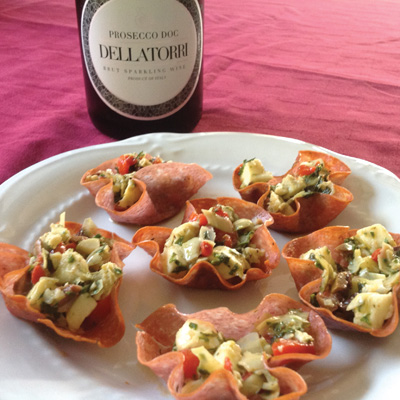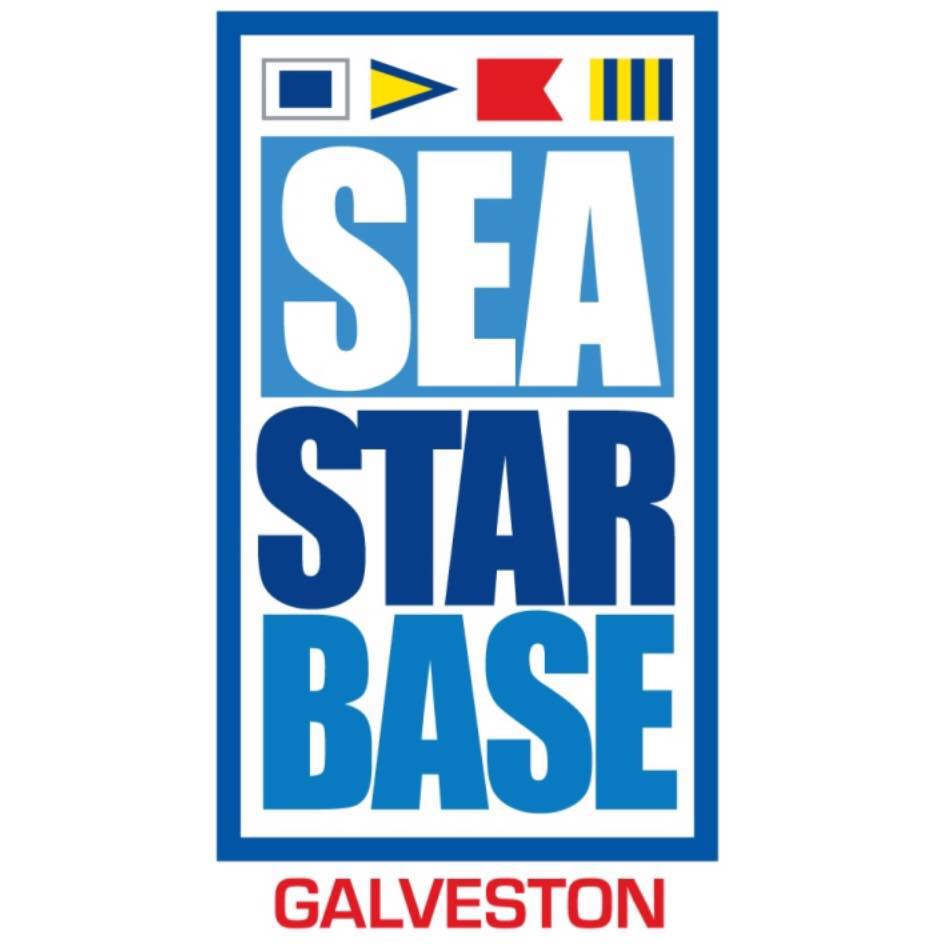
Throwing poppers and swimbaits at night can be extremely productive when fishing for yellowfin tuna in the Gulf. Tuna love flying fish and readily come up to the surface to feed. Long, specialized rods and heavy duty spinning reels are best for this type of fishing. From budget minded, to top-of-the-line, these rods and reels for tuna popping will get you on the right track.

OTI OceanXtreme
MODEL: OTI-3106-765S
These are some of the highest performing, and best valued popping rods on the market today. With shaped EVA grips, new Fuji “K” series Alconite guides, and a new padded rod sock, the OceanXtreme can defeat monsters. Depending on your needs, the 40/60 or 60/80 rods are best for our size of tuna in Texas. MSRP $249
Specifications
- Length: 7’6″
- Line: 40-60lb
- Lure: 2-4 oz
- Weight: 17.1 oz

OTI Tuna Sniper
MODEL: OTI-3108-808S
The newest line of Tuna Sniper rods are lighter, stronger, and have a faster taper for the longest possible casting distance and more control boat side. These rods have a moderately fast action, with a slightly faster tip section, shaped EVA grips, new Fuji “K” series SiC guides, and a new padded rod sock. The size 40 stripper guide and new 8’ length give this rod a balanced feel and lighter weight than pre-2012 Tuna Sniper rods. MSRP $449.99
Specifications
- Length: 8’0″
- Line: 60-80lb
- Lure: 2.5-5 oz
- Weight: 18 oz

Fin-Nor LT100 Lethal
This all-aluminum body reel from Fin-Nor could be one of the best values in high-performance saltwater spinning reels today. The Lethal 100 adds a triple-supported spool shaft, a forged brass main gear and a back-up pawl and ratchet anti-reverse. MSRP $139.95
Specifications
- Braid Capacity: 310 yds./100 lb
- Max Drag: 45 lbs
- Ratio: 4.9:1 /45″
- Weight: 30.8 oz

PENN Spinfisher V
This tough, all metal construction reel from Penn works well for tuna at a good value. Features include an anodized aluminum superline spool, five stainless steel ball bearings and a sealed drag system with 3 HT-100 washers that stays smooth during big runs. MSRP $179.95
Specifications for model SSV850
- Braid Capacity: 650/40, 540/50, 470/65
- Max Drag: 35 lbs
- Ratio: 4.7:1 /42″
- Weight: 31.6 oz

QUANTUM Cabo PT
The Cabo series is built for long-lasting, fish-stopping performance – from the indestructible TiMag® bail to the multi-layer corrosion protection. This reel utilizes hybrid ceramic bearings in high-load areas. Specifications for 80PT model. MSRP $229.95
Specifications for PT80
- Braid Capacity: 380/65
- Max Drag: 50 lbs
- Ratio: 4.9:1 /38″
- Weight: 24.9 oz

SHIMANO Saragosa SW
A Gulf tuna staple with excellent performance at a good price. Improvements in the current Saragosa® include SW Concept design with X-Ship & X-Tough drag and durable cam oscillation system for better drag performance. Specifications for 10000 model. MSRP $309.99
Specifications for SRG10000SW
- Braid Capacity:50/360, 65/260, 80/215
- Max Drag: 33 lbs
- Ratio: 4.9:1
- Weight: 24.3 oz

ACCURATE SR-20
Accurate’s TwinSpin reels are machined from high-grade materials and can handle the Gulf’s largest tuna. Features include Accurate’s patented TwinDrag™ system, five class 5 ABEC stainless steel bearings and a skirted spool that reduces heat build-up and help trim weight. These reels are designed, manufactured and assembled in the USA. MSRP $859.95
Specifications
- Braid Capacity: 50/425
- Max Drag: 32 lbs
- Ratio: 5:1
- Weight: 26 oz

Shimano Stella SW
Widely considered one of the finest spinning reels in the world, the Stella SW can handle the largest fish swimming our waters. This reel utilizes high quality materials and technology in every aspect, including a high rigidity aluminum body, X tough drag washers at the base of the spool, a cold forged aluminum handle and forged metal internals. This latest version of the Stella is the longest casting reel yet. Specifications for 14000 size. MSRP $1,159.99
Specifications for STL140000SWBXG
- Braid Capacity: 50/400,65/315,80/240
- Max Drag: 55 lbs
- Ratio: 6.2:1
- Weight: 24.3 oz



















 David Cunningham of Horizon Board Company
David Cunningham of Horizon Board Company















 Notice of Race
Notice of Race



 The manager, Geovanny, and his staff go above and beyond to take care of you and make sure you are having nothing less than a great trip. Not only do they become your friends, they are very talented at surfing. It is amazing to watch.
The manager, Geovanny, and his staff go above and beyond to take care of you and make sure you are having nothing less than a great trip. Not only do they become your friends, they are very talented at surfing. It is amazing to watch. Connect with K59 Surf Resort:
Connect with K59 Surf Resort:









